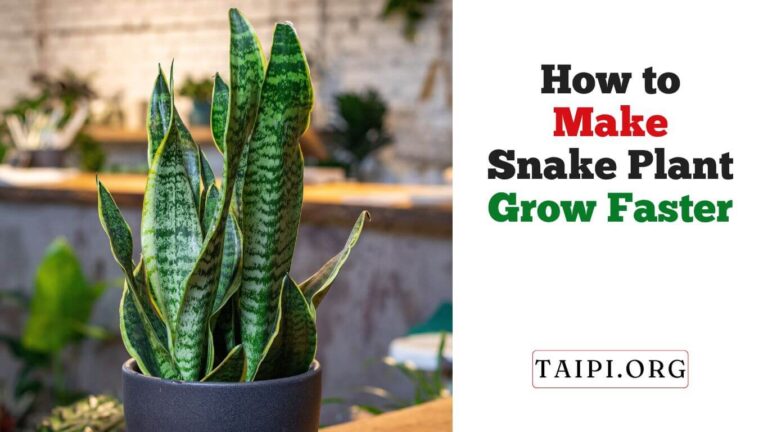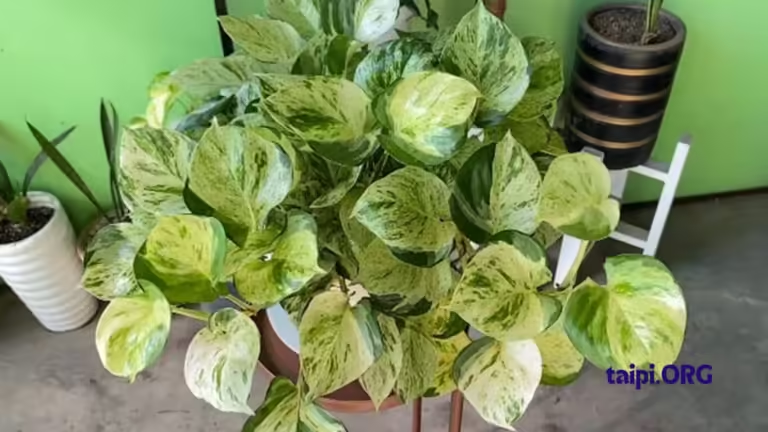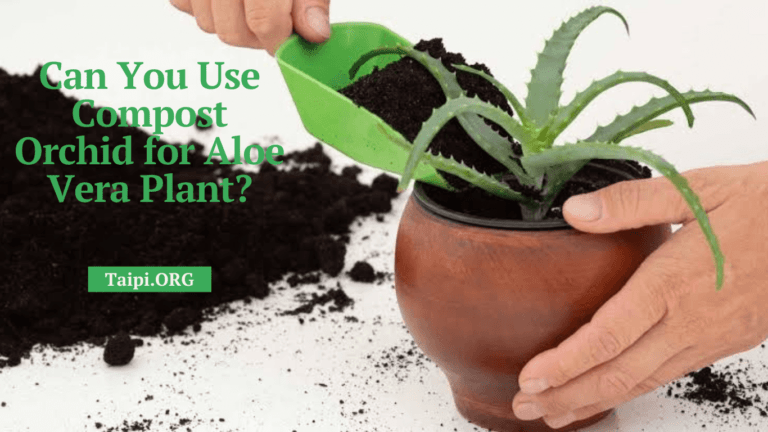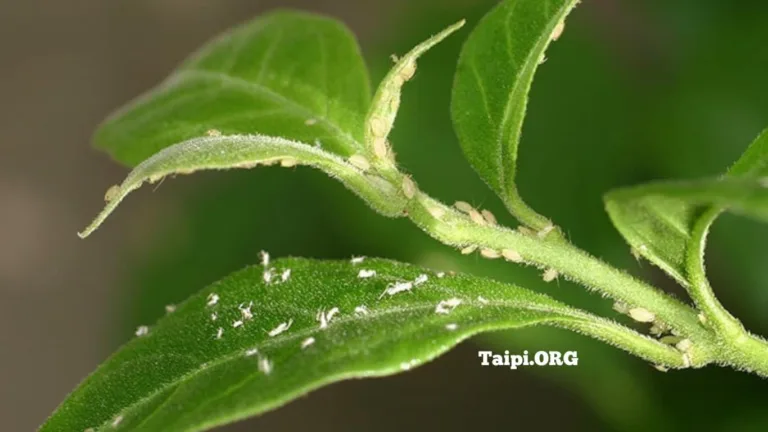How to Make Snake Plant Grow Tall
SNAKE PLANTS continue to gain popularity among indoor plant enthusiasts for their resilience and low maintenance. However, encouraging these plants to grow tall, faster, and robust requires careful attention. In this article, I explore the strategies for cultivating a tall and thriving snake plant, from understanding its growth requirements to implementing expert tips for optimal growth.
Short Answer
To make snake plants grow tall, provide enough water, light, fertilizer, and repot when the plant outgrows the pot.
Understanding Snake Plant Growth Patterns
Snake plants typically grow vertically from a central point, producing long, sword-like leaves. Knowing this growth pattern informs how you care for and encourage upward growth.
Step-by-Step Guide on How to Make Snake Plant Grow Tall

Follow these few proven strategies for growing a tall snake plant in your indoor space:
1. Create the Ideal Environment
Snake plants thrive in well-draining soil with good aeration. Use a pot with drainage holes to prevent waterlogging, and opt for a loose, sandy soil mix. Maintain a consistent room temperature between 60-80°F (15-27°C) and provide adequate airflow around the plant.
2. Maintain Proper Watering Techniques
Allow the soil to dry out completely between waterings, typically every 2-4 weeks depending on environmental conditions. When watering, drench the soil thoroughly but ensure excess water drains away to prevent root rot.
3. Provide Adequate Lighting
While snake plants tolerate low light conditions, they thrive in indirect bright light. Place your plant near a window with filtered sunlight or use artificial grow lights (pictured ⬆) if natural light is limited. Rotate the plant occasionally to ensure even growth on all sides.
4. Watch Your Fertilizing Strategies
Snake plants are light feeders, requiring minimal fertilization. Apply a balanced, diluted fertilizer every 4-6 weeks during the growing season (spring and summer). Avoid over-fertilizing, as this can lead to salt buildup and damage the roots.
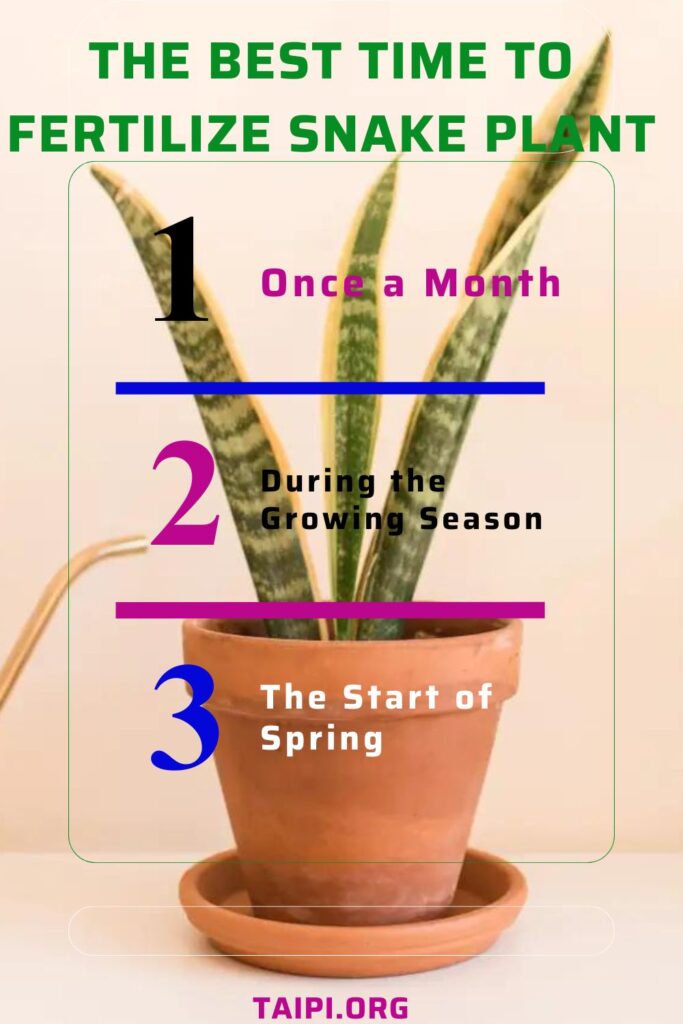
5. Repotting and Root Management
Repot your snake plant into a slightly larger container every 2-3 years or when roots outgrow the pot. Trim any rotting or overly crowded roots during repotting to promote healthy growth.
Related: How to Repot Snake Plant with Root Rot
What to Know About Snake Plants
Snake plants, also known as Sansevieria, are popular houseplants for several reasons. Here are a few interesting facts about the snake plant:
Low Maintenance: Snake plants are incredibly easy to care for, making them perfect for beginners or those with busy schedules. They can tolerate low light conditions and infrequent watering.
Air Purification: One of their most notable benefits is their ability to purify indoor air. They are known for removing toxins such as formaldehyde, xylene, toluene, and nitrogen oxides from the air.
Compare: Benefits of Indoor Plants
Variety: There are many different varieties of snake plants available, with varying leaf shapes, sizes, and colors. Some have tall, upright leaves, while others have shorter, more compact foliage.
Drought Tolerance: Snake plants are succulents, meaning they store water in their leaves. This makes them highly tolerant of drought conditions, and they can survive for extended periods without water.
Indoor and Outdoor Use: While snake plants are commonly grown indoors, they can also thrive outdoors in warm climates. They are ideal for landscaping in areas with mild winters.
Pest Resistance: Snake plants are relatively resistant to pests and diseases, making them even easier to care for.
Propagation: Snake plants are easy to propagate through division or leaf cuttings. This makes it simple to expand your collection or share plants with friends.
Compare:
Despite their hardiness, snake plants can be sensitive to overwatering, so it’s essential to let the soil dry out between waterings to prevent root rot.
Additionally, they prefer well-draining soil and can benefit from occasional fertilization during the growing season.
Overall, snake plants are excellent additions to any indoor space, adding aesthetic appeal and health benefits.
Expert Tips for Maximizing Growth Potential
- Prune yellow or damaged leaves to redirect the plant’s energy toward new growth.
- Consider using a rooting hormone when propagating snake plant cuttings to encourage faster root development.
- Monitor for pests like spider mites or mealybugs, which can inhibit growth. Treat infestations promptly with insecticidal soap or neem oil.
- Experiment with different pot sizes and arrangements to encourage upward growth and create visual interest.
How to Make Snake Plant Grow Tall FAQs
Q: How often should I water my snake plant to encourage tall growth?
A: Water your snake plant when the soil has completely dried out, typically every 2-4 weeks. Overwatering can lead to root rot, which inhibits growth.
Q: Does my snake plant need direct sunlight to grow tall?
A: While snake plants can tolerate low light conditions, they thrive in indirect bright light. Place them near a window with filtered sunlight or use artificial grow lights for optimal growth.
Q: Should I fertilize my snake plant to encourage upward growth?
A: Snake plants are light feeders and only require minimal fertilization. During the growing season (spring and summer), apply a balanced, diluted fertilizer every 4-6 weeks. Over-fertilizing can lead to salt buildup and damage to the roots.
Q: Do I need to repot my snake plant to help it grow tall?
A: Repot your snake plant into a slightly larger container every 2-3 years or when the roots outgrow the pot. This promotes healthy growth by providing adequate space for root expansion.
Final Thoughts
With proper care and attention to its growth requirements, you can encourage your snake plant to reach impressive heights.
By understanding its growth patterns, providing the ideal environment, and implementing expert tips, you’ll set the stage for a tall and flourishing specimen that adds greenery and elegance to your indoor space.
Unlock the secrets to snake plant success and watch your green companion thrive!





